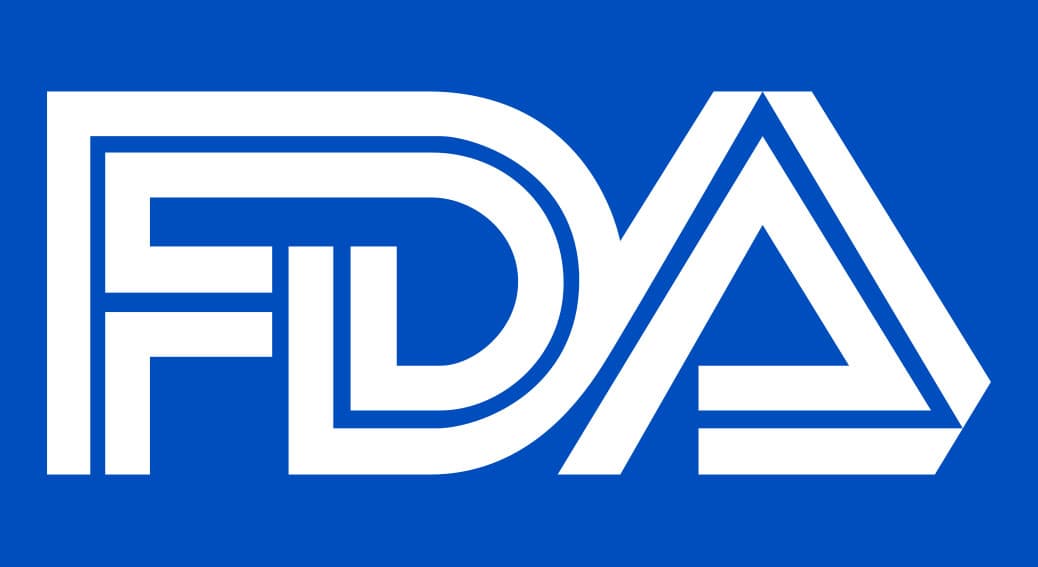The article provides an overview of the reclassification process commenced by the US medical device regulatory agency.
Also, it outlines the specifics of such a process in the context of high-risk in vitro diagnostic medical devices.

Table of content
The Food and Drug Administration (FDA or the Agency), the US regulating authority in healthcare products, has published an official notice informing about its intention to commence the reclassification process for specific medical devices.
In particular, the present notice refers to high-risk in vitro diagnostic (IVD) medical devices intended to be marketed and used in the US.
FDA Reclassification Process: Overview
The reclassification of medical devices by the Food and Drug Administration is a critical process that ensures the application of appropriate regulatory controls based on the current understanding of a device’s safety and effectiveness.
The present article describes the nuances of the reclassification process, its legal framework, and recent initiatives by the FDA Center for Devices and Radiological Health (CDRH) to reclassify certain in vitro diagnostic devices (IVDs).

Introduction to Reclassification
By the applicable legislation, the FDA categorizes medical devices into three regulatory classes – Class I, Class II, and Class III – based on the level of risk they pose and the regulatory controls necessary to reasonably ensure their safety and effectiveness.
The process for altering a device’s class, known as reclassification, is governed by Section 513 of the Federal Food, Drug, and Cosmetic Act (FD&C Act) and its implementing regulation at 21 CFR 860.3.
Reclassification aims to match a device type with the most current information about its safety and effectiveness, affecting the device type rather than individual devices.
Legal Framework for Reclassification
Reclassification processes are detailed in Sections 513(e) and 513(f)(3) of the FD&C Act. Section 513(e) addresses the reclassification of devices previously classified, excluding those in Class III under Section 513(f)(1), based on new information.
The FDA can initiate this process or respond to a petition from an interested party. The procedure includes publishing a proposed order, convening a device classification panel, and considering public comments.
Section 513(f)(3) caters to post-amendment devices automatically classified into Class III, offering a pathway for reclassification into Class I or II based on a petition’s review and panel recommendations.
This section ensures that devices meeting newer class definitions can be appropriately reclassified, emphasizing the importance of rigorous review and transparent decision-making processes.
Recent Initiatives by CDRH
The CDRH has announced plans to initiate reclassification of most IVDs currently in Class III (high risk) to Class II (moderate risk), mainly focusing on infectious disease and companion diagnostic IVDs.
This move aims to simplify the marketing clearance process for manufacturers by allowing the use of the less burdensome 510(k) premarket notification pathway instead of the premarket approval (PMA) pathway.
Such reclassifications, while requiring premarket review, foster development, competition, and access to critical tests.
Specific Reclassification Efforts
In a recent panel meeting, CDRH discussed reclassification from Class III to Class II with unique controls for three types of infectious disease diagnostic tests: nucleic acid and serology-based IVDs for Hepatitis B Virus (HBV), serology-based IVDs for human parvovirus B19, and cell-mediated immune reactivity IVDs for Mycobacterium TB infection.
These discussions are part of a broader strategy to apply risk-based approaches to the initial classification of IVDs, aiming to regulate most future companion diagnostic and infectious disease IVDs as Class II devices.
The Importance of Special Controls
CDRH further emphasizes the importance of developing unique controls, alongside general controls, to ensure a reasonable assurance of safety and effectiveness for tests proposed for reclassification.
This approach reflects a commitment to applying the least burdensome regulatory provisions while maintaining rigorous safety standards.
Systematic Reclassification Efforts and Strategic Priorities
It is essential to mention that the FDA periodically reviews device classifications to ensure they are regulated under the appropriate class with the necessary regulatory controls. Past efforts include the reclassification of certain Hepatitis C Virus Antibody Tests and Nucleic Acid-Based Hepatitis C Virus Ribonucleic Acid Tests from Class III to II. These systematic reclassification efforts align with the authority’s strategic priorities and commitment to public health.
Conclusion
The reclassification process managed by the FDA plays a pivotal role in adapting regulatory controls to reflect the latest knowledge about medical devices’ safety and effectiveness.
It also demonstrates the FDA’s dedication to regulating medical devices appropriately, fostering innovation and access to critical health technologies.
As the landscape of medical devices evolves, the adaptive regulatory approach applied by the FDA will continue to be developed and improved to ensure the proper protection of public health while supporting medical advancement.
How Can RegDesk Help?
RegDesk is a holistic Regulatory Information Management System that provides medical device and pharma companies with regulatory intelligence for over 120 markets worldwide. It can help you prepare and publish global applications, manage standards, run change assessments, and obtain real-time alerts on regulatory changes through a centralized platform. Our clients also have access to our network of over 4000 compliance experts worldwide to obtain verification on critical questions. Global expansion has never been this simple.

